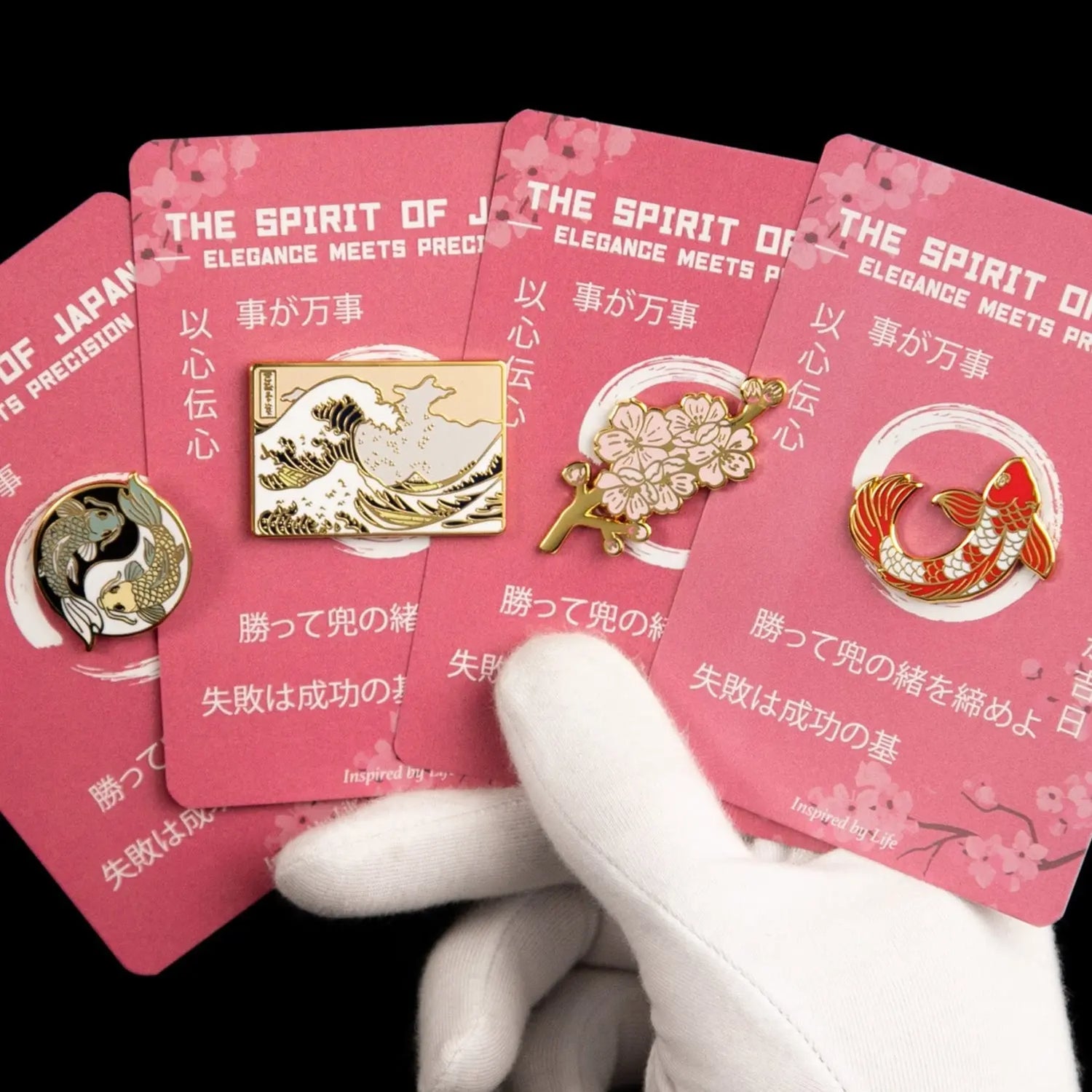
What is the cultural significance of Akira in Japanese tradition?
The Cultural Significance of Akira in Japanese Tradition
From the moment Neo-Tokyo's neon lights flood the screen in Akira, viewers are pulled into a vivid blend of Japan's past and imagined future. This isn't just any anime; it's a vital piece of cultural storytelling. What makes Akira so important in Japanese culture, and how does it weave themes that are key to Japan's identity? Let’s dive into the heart of Akira and its profound ties to Japanese tradition.
Akira, created by Katsuhiro Otomo, is no ordinary film. Released in 1988, it redefined animation with its stunning visuals and intricate storyline. But there's more beneath the surface. At its heart, Akira tells a story of destruction and rebirth, echoing themes deeply rooted in Japanese mythology and history. From the mythical phoenix to Japan's recovery after World War II, Akira taps into a shared understanding of renewal amid chaos.
Akira didn’t become a landmark in Japanese and global cinema by chance. By contrasting technological chaos with natural calm, it mirrors traditional Japanese stories. The Shinto belief in harmony with nature shines through as Akira presents a future on the brink of imbalance, pushing characters—and us—to reconsider technology's role in life.
The Birth of Cyberpunk: A New Storytelling Era
Akira didn’t just imagine a new future; it birthed a new genre: cyberpunk. This genre, blending dystopian tech with human vulnerability, strongly resonates with a culture that values both ancient traditions and modern innovations. By merging futuristic skylines with deep cultural roots, Akira acts as a cultural bridge, linking eras and sparking thoughts on our modern path.
Akira’s visual achievements are filled with symbolic depth. Reflecting Japan's complex identity, its aesthetic combines futuristic cityscapes with elements of traditional Japanese art, like delicate brush strokes meeting digital edges. This blend narrates an ongoing dialogue between past and present, captivating both our eyes and hearts.
Would Akira's influence have been global if it didn't embody specific Japanese themes and universal questions? Its style and themes have inspired creators worldwide, from Hollywood to modern anime, securing its place as a storytelling cornerstone.
Cultural Reflection and Global Impact
Akira's legacy extends to how it spotlighted anime and Japanese culture globally. For many, it served as an introduction to a vibrant cultural landscape that balances honor with transformation and tradition with change. It embraces a storytelling style that values the journey over the destination, a hallmark of traditional Japanese narratives.
Why does Akira still draw us in? Perhaps its themes are timelessly relevant. The ongoing dance between man and machine, the cycles of societies, and rebirth from ruin—these are concepts we continue to explore. In fashion, media, or art, Akira's influence fuels modern creativity, encouraging a deeper dive into cultural meaning that shapes our shared experiences.
Imagine owning a piece of this legacy, like the elegant Anime Girl with Rose Enamel Pin. It’s a tangible link to the rich tapestry of anime, echoing Akira’s spirit and its layers of meaning.
A Timeless Journey
Akira transcends its status as a film; it’s a cultural dialogue, a bridge between Japan's storied past and a tech-shaped future. It captures the enduring fascination with balancing worlds and offers a narrative reflective of the human condition. As we continue to experience Akira’s powerful message, we appreciate its artistry and the deep cultural significance it holds in Japanese tradition.
In a world where change is the only constant, Akira reminds us of storytelling's enduring power—a narrative of reflection, conflict, and renewal. It invites us to ponder our own stories, find harmony amidst chaos, and discover beauty within life's balance.
And if Akira's historic journey inspires you, consider adding a piece of its spirit to your life. Through art or other cultural expressions, Akira connects us—not only to our past but to one another.
What is the main theme of Akira?
The main themes of Akira include destruction, rebirth, and the tension between technological advancement and natural harmony. These themes are deeply rooted in Japanese mythology and history.
How did Akira influence global cinema?
Akira influenced global cinema by redefining animation with its visual depth and storytelling. It birthed the cyberpunk genre, inspiring creators worldwide from Hollywood to modern anime.
Why is Akira important in Japanese culture?
Akira is important in Japanese culture for its reflection on Japanese identity, history, and mythology. It acts as a dialogue between Japan's tradition and modernity, capturing universal and timeless themes.


